Development and Evaluation of an Improved Apparatus for Measuring the Emissivity at High Temperatures
Abstract
:1. Introduction
2. Theory and Measurement Procedure
2.1. Spectral Directional and Total Directional Emissivity
2.2. Calibration of the Emissivity Measurement Apparatus
3. Experimental Details
3.1. Configuration of the Emissivity Measurement Apparatus
3.2. Temperature Measurement
3.3. Measurement Accuracy
- Expanded standard uncertainty of the measured spectral directional intensity . This uncertainty depends on the uncertainty of the detected signal and the calibration, as well as on the uncertainty of the three different temperatures of the reference blackbody, which are used for the calibration. The relative expanded standard uncertainty of the measured spectral directional intensity is about
- Expanded standard uncertainty of the measured temperature of the specimen surface . This uncertainty depends on the uncertainty of the radiation thermometer and the uncertainty of the evaluation procedure. The relative expanded standard uncertainty of the measured temperature of the specimen surface is approximately
- Expanded standard uncertainty of the measured temperature of the black surrounding . This uncertainty depends on the uncertainty of the contact thermometer and the homogeneity of the temperature distribution. The relative expanded standard uncertainty of the measured temperature of the black surrounding can be estimated to
3.4. Investigated Specimens
4. Results and Discussion
4.1. Measurement of a High Emtting Specimen
4.2. Measurement of a Low Emitting Specimen
4.3. Measurement of a Refractory Metal
5. Summary and Conclusions
Author Contributions
Funding
Institutional Review Board Statement
Informed Consent Statement
Data Availability Statement
Acknowledgments
Conflicts of Interest
References
- Hi-TRACE: Project Description. Available online: www.hi-trace.eu (accessed on 25 July 2021).
- Monchau, J.P.; Hameury, J.; Ausset, P.; Hay, B.; Ibos, L.; Candau, Y. Comparative study of radiometric and calorimetric methods for total hemispherical emissivity measurements. Heat Mass Transf. 2018, 54, 1415–1425. [Google Scholar] [CrossRef]
- Hameury, J.; Hay, B.; Filtz, J.R. Measurement of total hemispherical emissivity using a calorimetric technique. Int. J. Thermophys. 2007, 28, 1607–1620. [Google Scholar] [CrossRef]
- Beens, W.; Sikkens, M.; Verster, J.L. An emissometer with high accuracy for determination of the total hemispherical emissivity of surfaces. J. Phys. E Sci. Instrum. 1980, 13, 873–876. [Google Scholar] [CrossRef]
- Mehling, H.; Kuhn, J.; Valentin, M.; Fricke, J. Change of Infrared Emissivity of Metal Surfaces during Oxidation. High Temp. High Press. 1998, 32, 333–341. [Google Scholar] [CrossRef]
- Lillesoeter, O. Simple radiometric method for measuring the thermal broadband emissivity of material samples. Appl. Opt. 1991, 30, 5086–5089. [Google Scholar] [CrossRef] [PubMed]
- Hanssen, L. Integrating-sphere system and method for absolute measurement of transmittance, reflectance, and absorptance of specular samples. Appl. Opt. 2001, 40, 3196–3204. [Google Scholar] [CrossRef] [PubMed]
- Redgrove, J.S. A new method for accurate measurement of spectral emissivity. High Temp. High Press. 1985, 17, 145–151. [Google Scholar]
- Zhang, B.; Redgrove, J.; Clark, J. New apparatus for measurement of the spectral, angular and total emissivity of solids. High Temp. High Press. 2004, 36, 289–302. [Google Scholar] [CrossRef]
- Lohrengel, J.; Todtenhaupt, R.; Ragab, M. Determination of the directional spectral emissivity of solids in the spectral range from 2.5 µm to 45 µmm at temperatures between 80 °C and 350 °C. Wärme Stoffübertragung 1993, 28, 321–327. [Google Scholar] [CrossRef]
- Neuer, G. Measurement of the total emissivity of graphite, molybdenum, tantalum and tungsten in the temperature range from 1200 K to 2400 K. Wärme Stoffübertragung 1971, 4, 133–141. [Google Scholar] [CrossRef]
- Lopes, R.; Delmas, A.; Sacadura, J.-F. A New Experimental Device to Measure Directional Spectral Emissivity of Semitransparent Media at High Temperatures. High Temp. High Press. 2000, 32, 369–376. [Google Scholar] [CrossRef]
- Bauer, W.; Moldenhauer, A. Device for spectral emissivity measurements of ceramics using a FT-IR spectrometer. In Proceedings of SPIE Interferometry XII: Applications; International Society for Optics and Photonics: Bellingham, WA, USA, 2004; p. 5532. [Google Scholar]
- Labuhn, D.; Kabelac, S. Measurement of emissivity and degree of polarisation of surfaces for solar energy converters. High Temp. High Press. 2000, 32, 677–686. [Google Scholar] [CrossRef]
- Hanssen, L.; Mekhontsev, S.; Khromchenko, V. Infrared Spectral Emissivity Characterization Facility at NIST. In Proceedings of SPIE Thermosense XXVI; International Society for Optics and Photonics: Bellingham, WA, USA, 2004; p. 5405. [Google Scholar]
- Hay, B.; Hameury, J.; Fleurence, N.; Lacipiere, P.; Grelard, M.; Scoarnec, V.; Davee, G. New Facilities for the Measurements of High-Temperature Thermophysical Properties at LNE. Int. J. Thermophys. 2014, 35, 1712–1724. [Google Scholar] [CrossRef]
- Del Campo, L.; Perez-Saez, R.B.; Esquisabel, X.; Fernandez, I.; Tello, M.J. New experimental device for infrared spectral directional emissivity measurements in a controlled environment. Rev. Sci. Instrum. 2006, 77, 11311. [Google Scholar] [CrossRef]
- Rozenbaum, O.; De Sousa Meneses, D.; Auger, Y.; Chermanne, S.; Echegut, P. A spectroscopic method to measure the spectral emissivity of semi-transparent materials up to high temperature. Rev. Sci. Instrum. 1999, 70, 4020–4025. [Google Scholar] [CrossRef]
- Furukawa, T.; Iuchi, T. Experimental apparatus for radiometric emissivity measurements of metals. Rev. Sci. Instrum. 2000, 71, 2843–2847. [Google Scholar] [CrossRef]
- Monte, C.; Gutschwager, B.; Morozova, S.P.; Hollandt, J. Radiation Thermometry and Emissivity Measurements Under Vacuum at the PTB. Int. J. Thermophys. 2009, 30, 203–219. [Google Scholar] [CrossRef]
- Monte, C.; Hollandt, J. The determination of the uncertainties of spectral emissivity measurements in air at the PTB. Metrologia 2010, 47, 172–181. [Google Scholar] [CrossRef]
- Manara, J.; Brandt, R.; Kuhn, J.; Fricke, J.; Krell, T.; Schulz, U.; Peters, M.; Kaysser, W.A. Emissivity of Y2O3 stabilised ZrO2 thermal barrier coatings prepared by electron-beam physical-vapour deposition. High Temp. High Press. 2000, 32, 361–368. [Google Scholar] [CrossRef]
- Rydzek, M.; Stark, T.; Arduini-Schuster, M.; Manara, J. Newly Designed Apparatus for Measuring the Angular Dependent Surface Emissivity in a Wide Wavelength Range and at Elevated Temperatures up to 1400 °C. J. Phys. Conf. Ser. 2012, 395, 012152. [Google Scholar] [CrossRef]
- Manara, J.; Arduini-Schuster, M.; Hanssen, L. Infrared-optical intercomparison measurements for evaluating the accuracies of the achieved results. High Temp. High Press. 2009, 38, 259–276. [Google Scholar]
- Siegel, J.R.; Howell, J.; Mengüç, M.P. Thermal Radiation Heat Transfer, 3rd ed.; CRC Press: Boca Raton, FL, USA, 2011. [Google Scholar]
- Palik, E.D. Handbook of Optical Constants of Solids; Academic Press: San Diego, CA, USA, 1998. [Google Scholar]
- Pérez-Sáez, R.B.; Del Campo, L.; Tello, M.J. Analysis of the Accuracy of Methods for the Direct Measurement of Emissivity. Int. J. Thermophys. 2008, 29, 1141–1155. [Google Scholar] [CrossRef]
- Lohrengel, J.; Todtenhaupt, R. Wärmeleitfähigkeit, Gesamtemissionsgrade und spektrale Emissionsgrade der Beschichtung Nextel-Velvet-Coating 811-21 (RAL90015) tiefschwarz matt. PTB-Mitteilungen 1996, 106, 259–265. [Google Scholar]
- Bauer, G.; Bischoff, K. Evaluation of the Emissivity of a Cavity Source by Reflection Measurements. Appl. Opt. 1971, 10, 2639–2643. [Google Scholar] [CrossRef] [PubMed]
- Manara, J.; Arduini-Schuster, M.; Keller, M.H. Infrared-Optical Characteristics of Ceramics at Elevated Temperatures. Infrared Phys. Technol. 2011, 54, 395–402. [Google Scholar] [CrossRef]
- Wagner, W. Wärmeübertragung, 4th ed.; Vogel Buchverlag: Würzburg, Germany, 1993. [Google Scholar]
- Shabalin, I.L. Tungsten. In Ultra-High Temperature Materials I: Carbon (Graphene/Graphite) and Refractory Metals; Shabalin, I.L., Ed.; Springer: Dordrecht, The Netherlands, 2014. [Google Scholar]
- Lohrengel, J. Wärmeleitfähigkeit und Emissionsgrade der Beschichtung Nextel-Velvet-Coating 811-21. In Proceedings of the Physikalisch-Technische Bundesanstalt (PTB), Frühjahrstagung VDI Thermophysik; Lausanne, Switzerland, 13–15 September 1995.
- González de Arrieta, I.; Echániz, T.; Fuente, R.; Campillo-Robles, J.M.; Igartua, J.M.; López Del Campo, G.A. Updated measurement method and uncertainty budget for direct emissivity measurements at the University of the Basque Country. Metrologia 2020, 57, 045002. [Google Scholar] [CrossRef] [Green Version]
- Adibekyan, A.; Kononogova, E.; Monte, C.; Hollandt, J. High-Accuracy Emissivity Data on the Coatings Nextel 811-21, Herberts 1534, Aeroglaze Z306 and Acktar Fractal Black. Int. J. Thermophys. 2017, 38, 89. [Google Scholar] [CrossRef] [Green Version]
- Touloukian, Y.; DeWitt, D.P. Thermal Radiative Properties: Metallic Elements and Alloys; Plenum Press: New York, NY, USA, 1970. [Google Scholar]
- Cagran, C.; Pottlacher, G.; Rink, M.; Bauer, W. Spectral Emissivities and Emissivity X-Points of Pure Molybdenum and Tungsten. Int. J. Thermophys. 2005, 26, 1001–1015. [Google Scholar] [CrossRef]
- Ronchi, C.; Hiernaut, J.P.; Hyland, G.J. Emissivity X Points in Solid and Liquid Refractory Transition Metals. Metrologia 1992, 29, 261–271. [Google Scholar] [CrossRef]

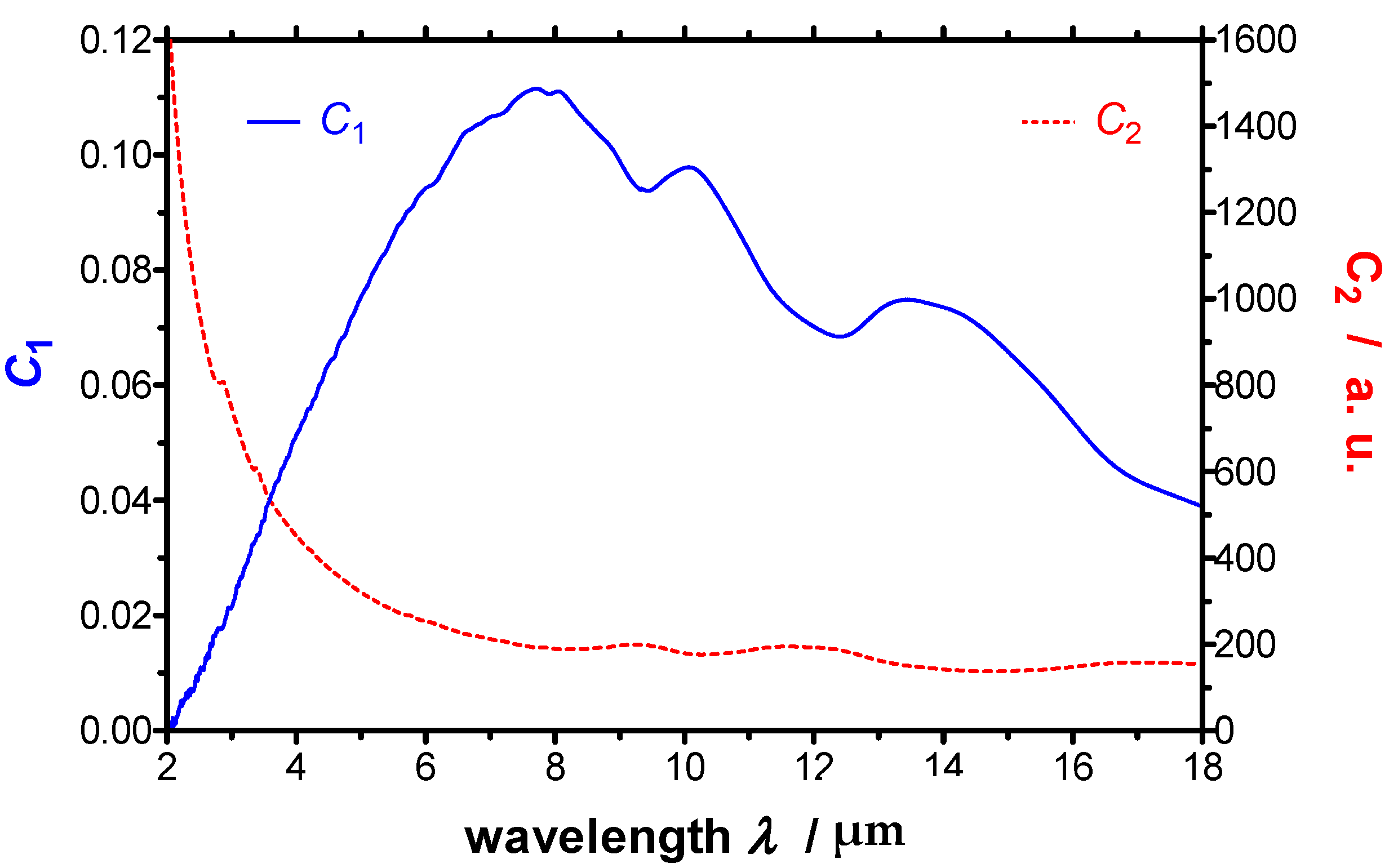


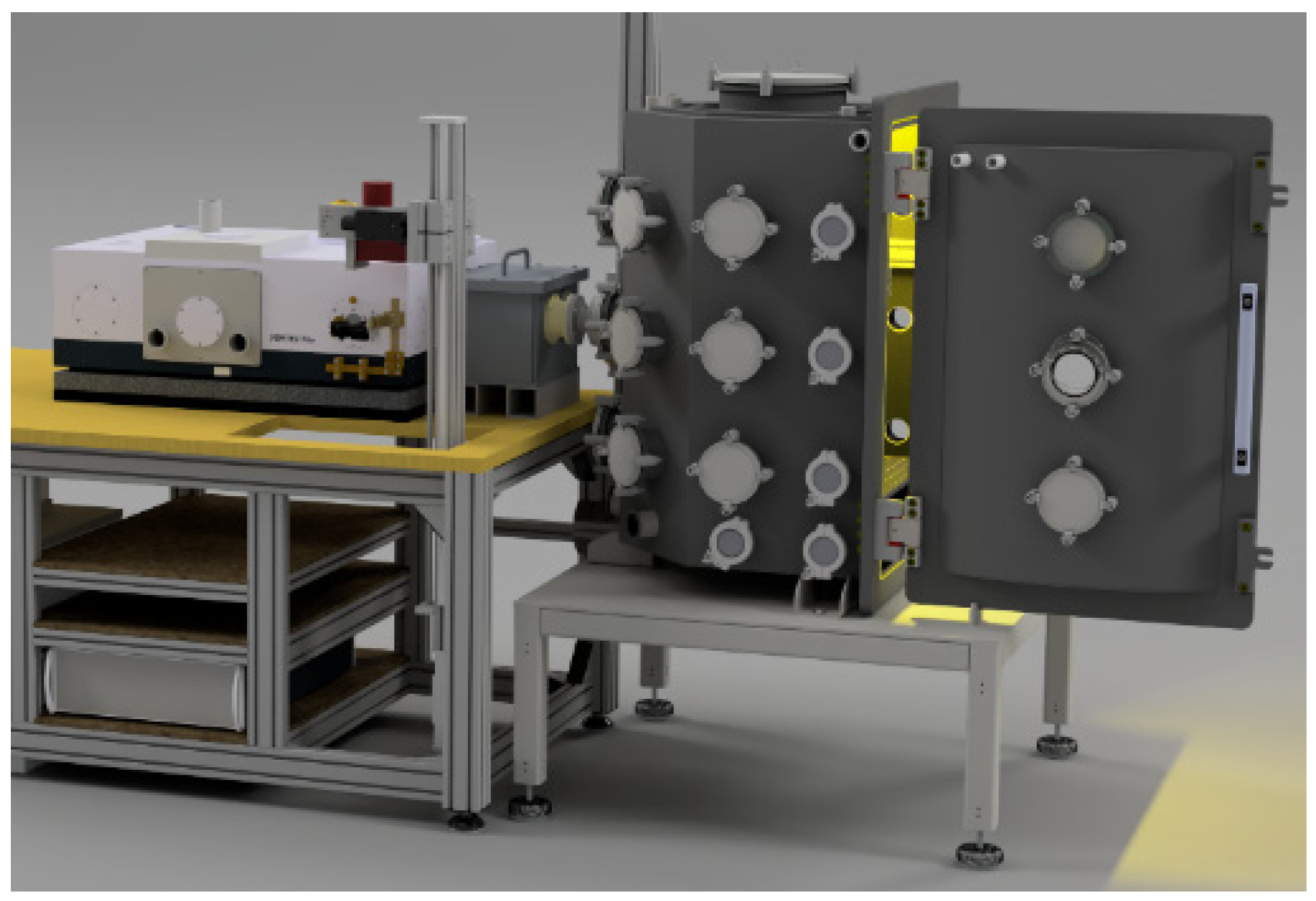
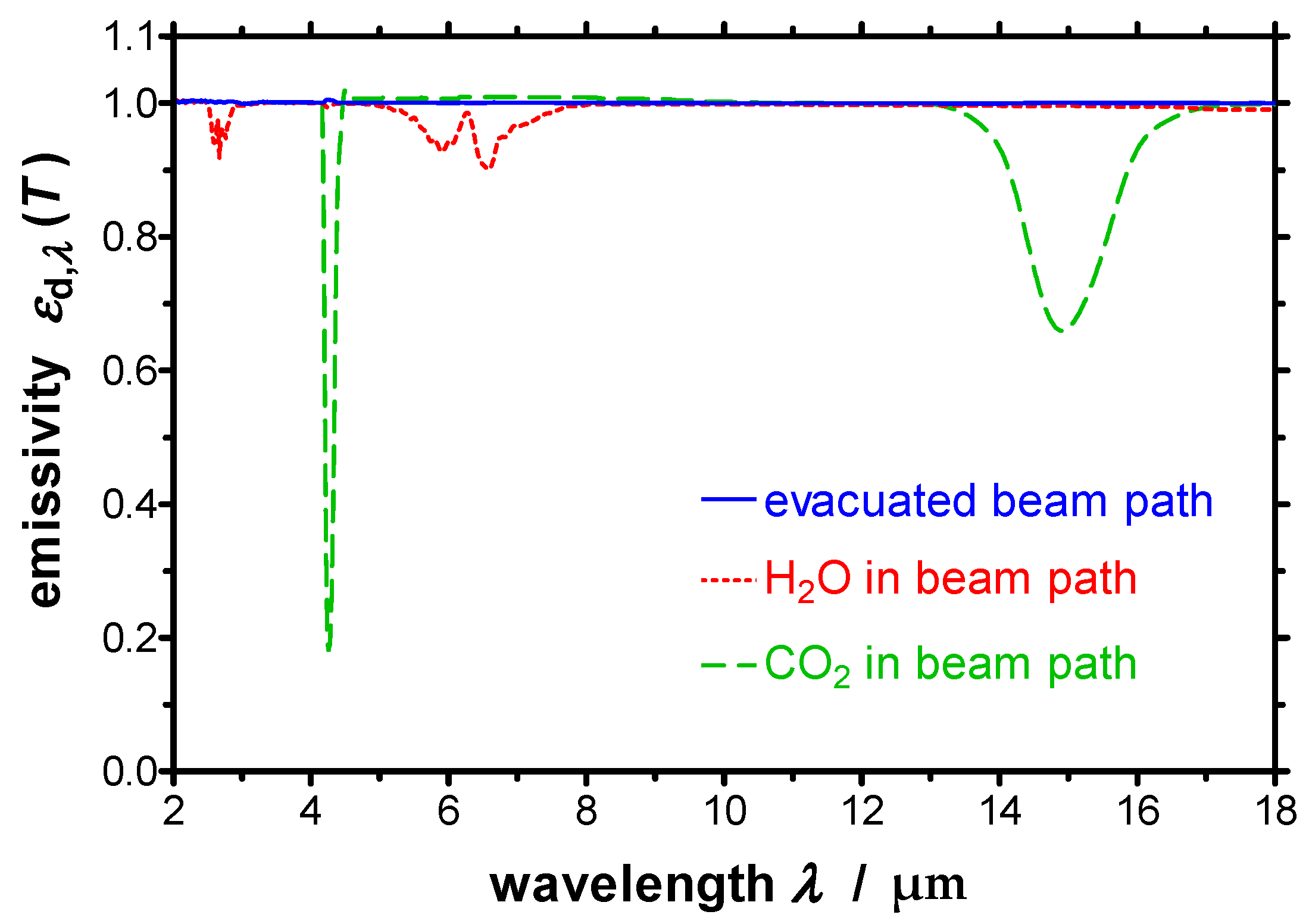
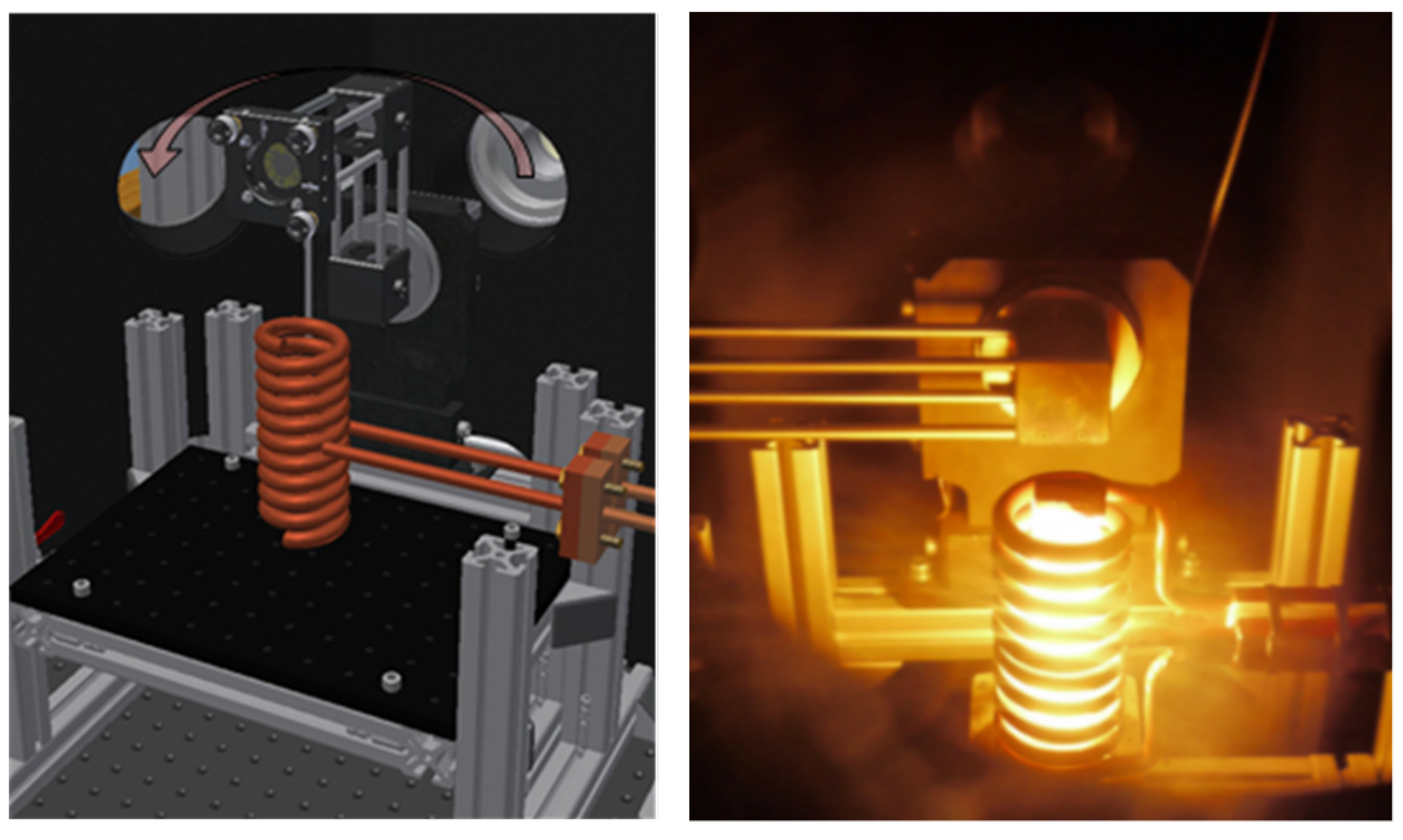
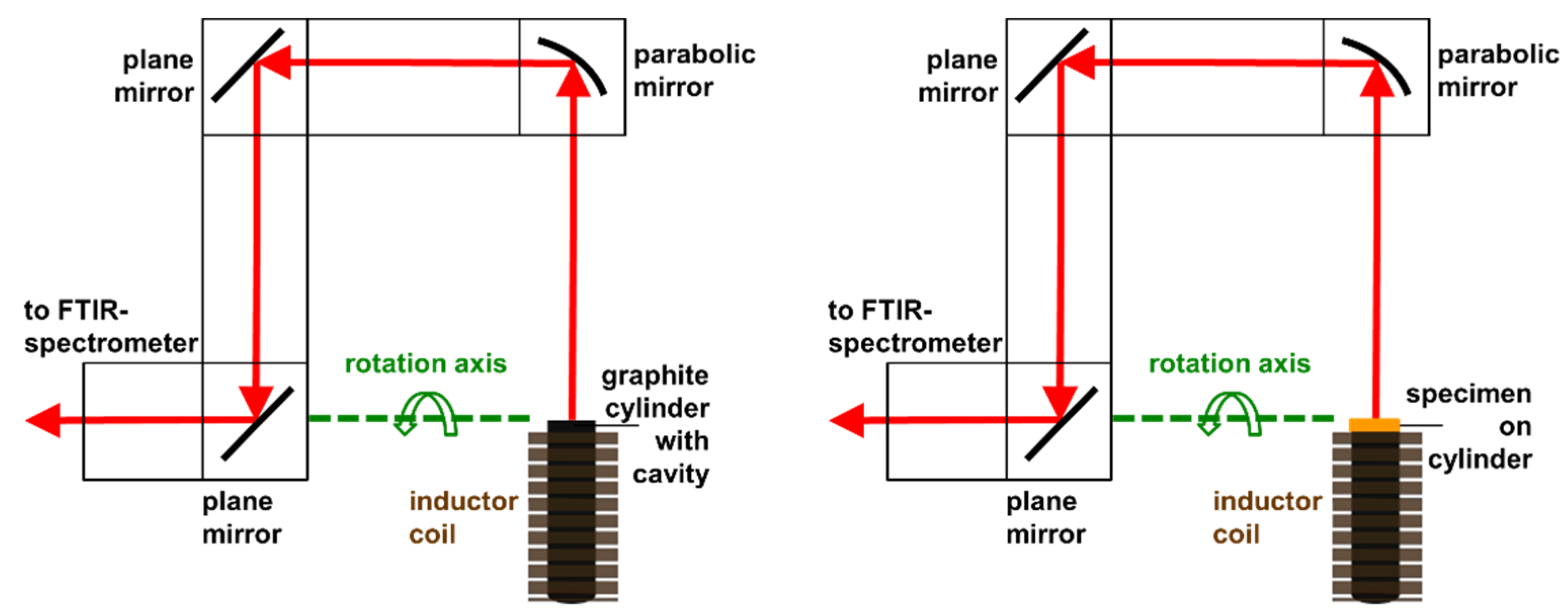
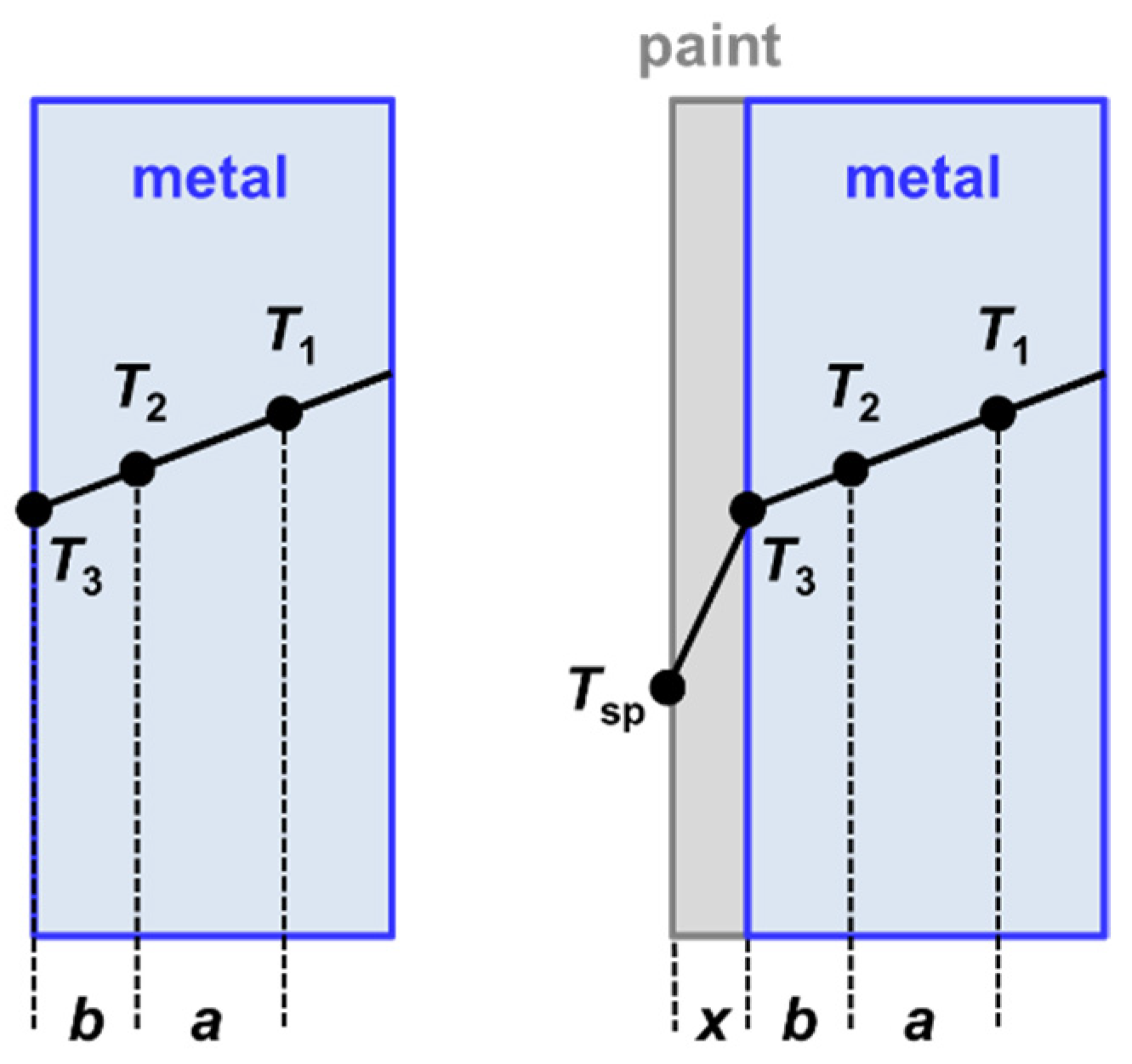
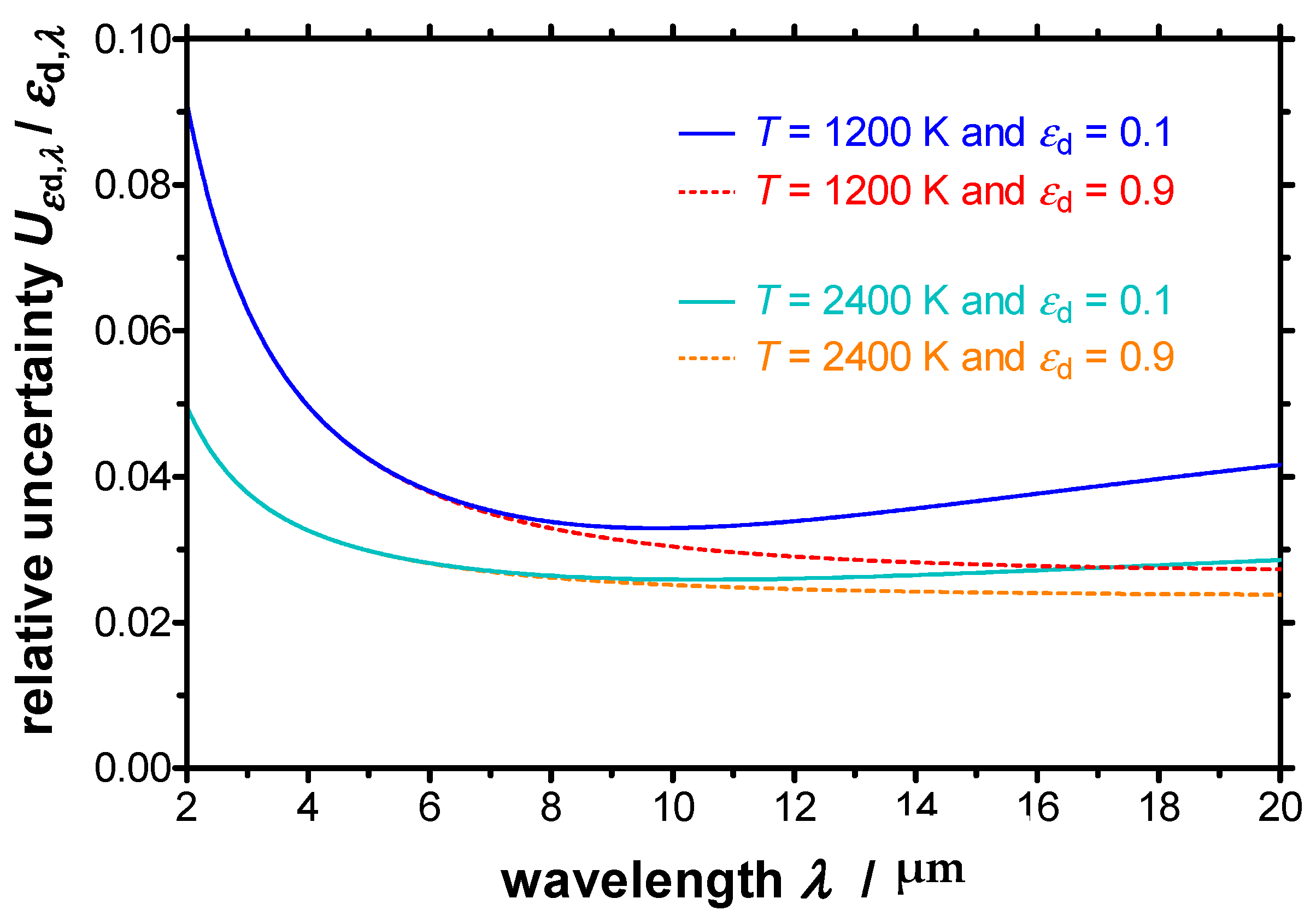
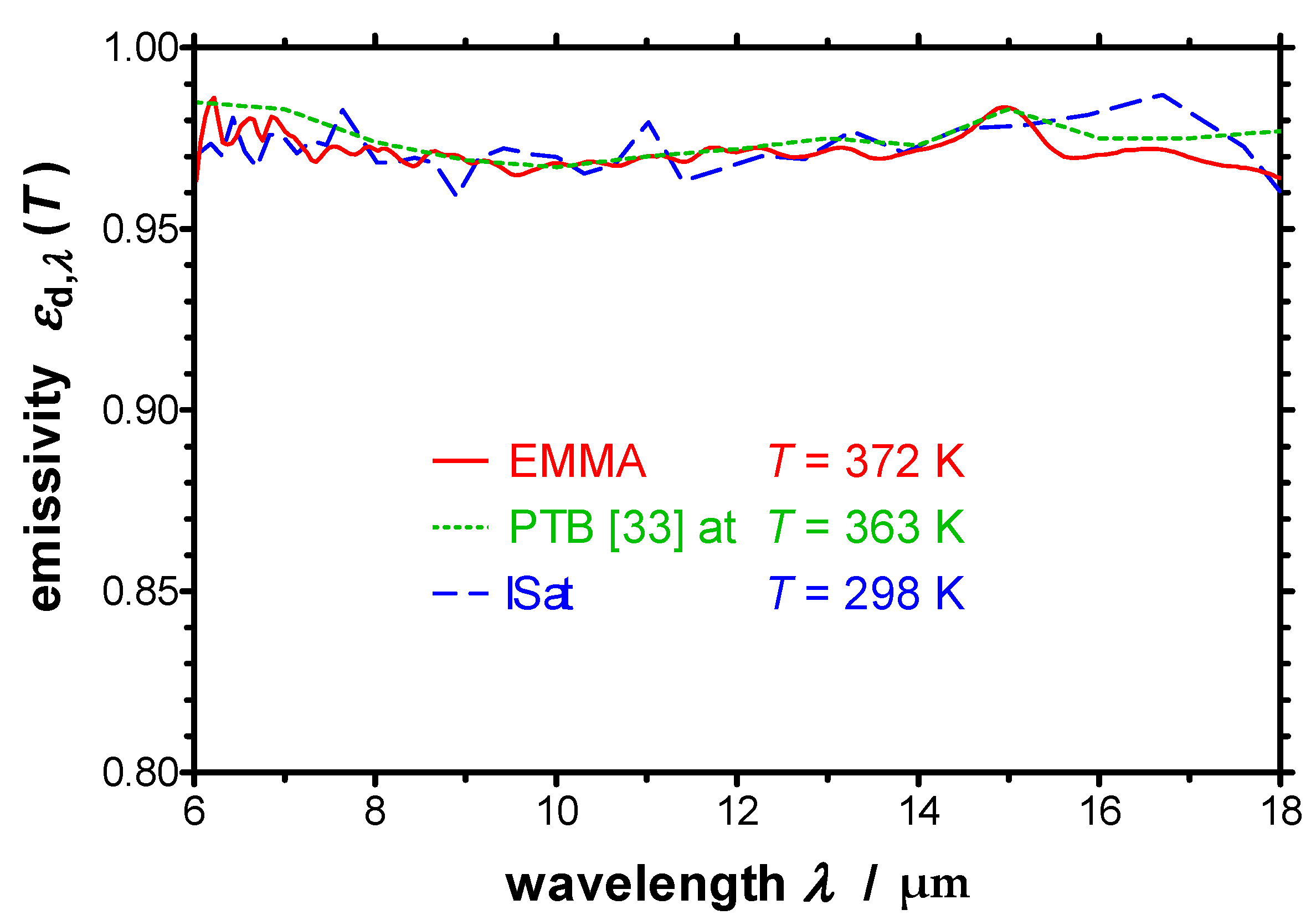
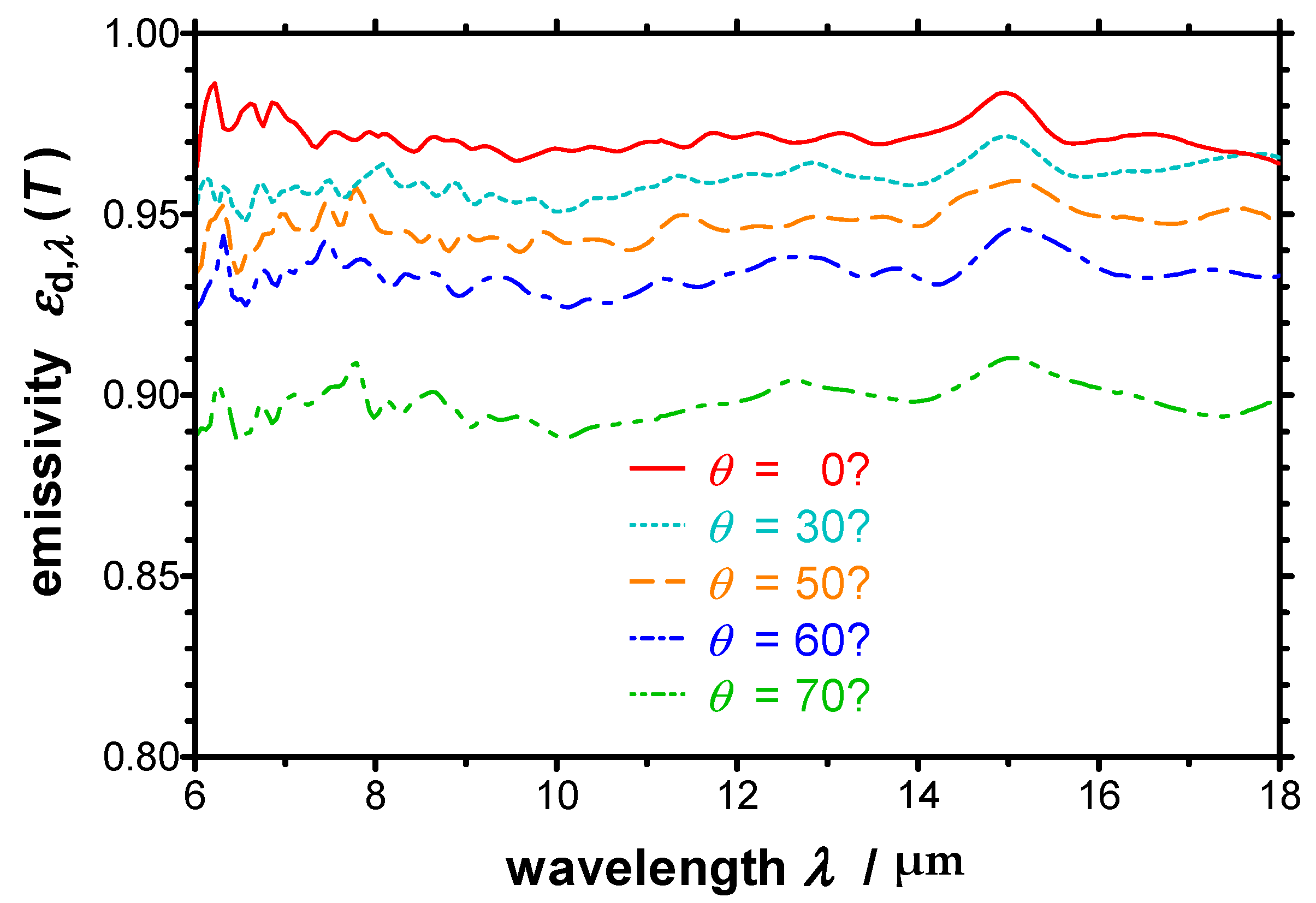
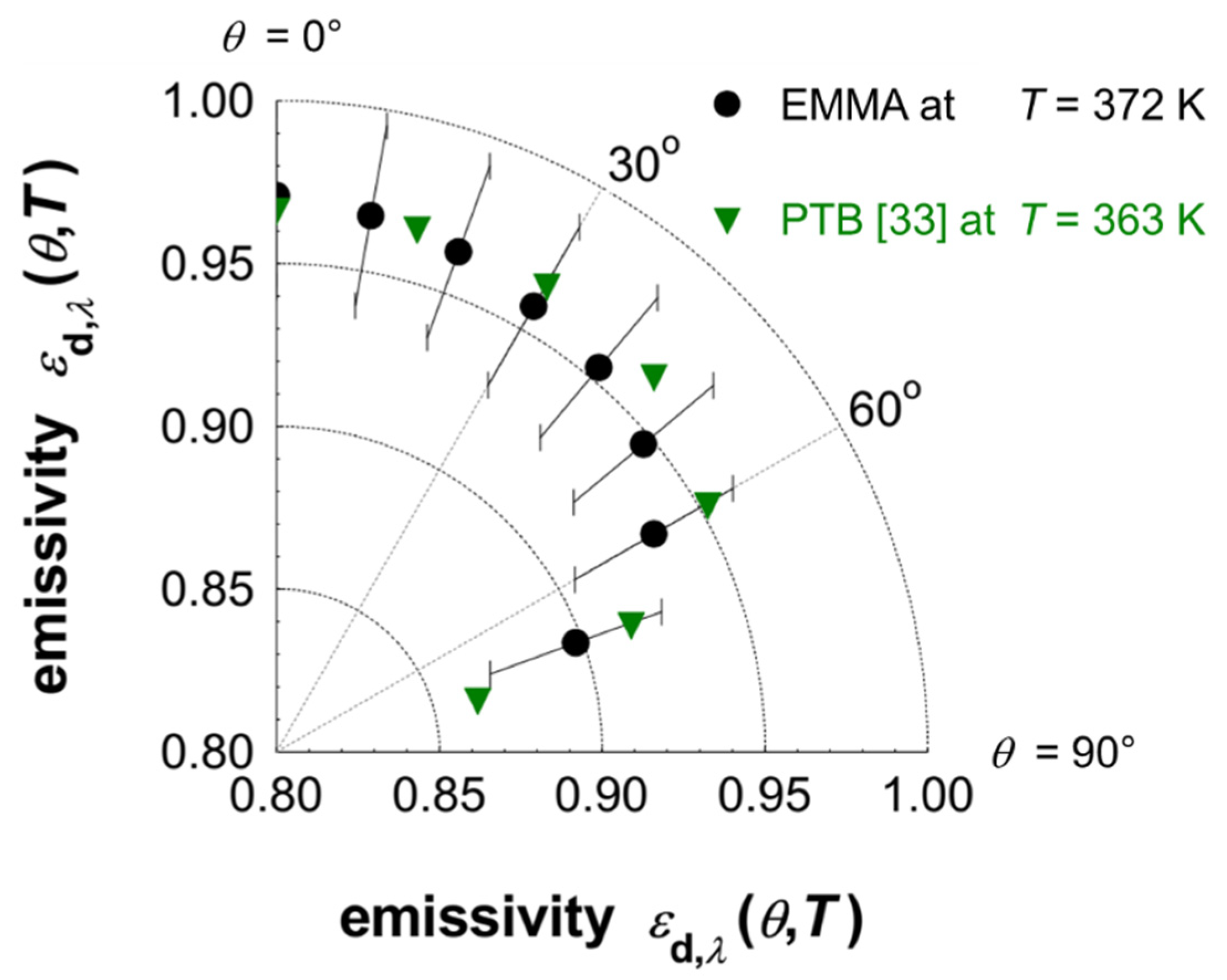
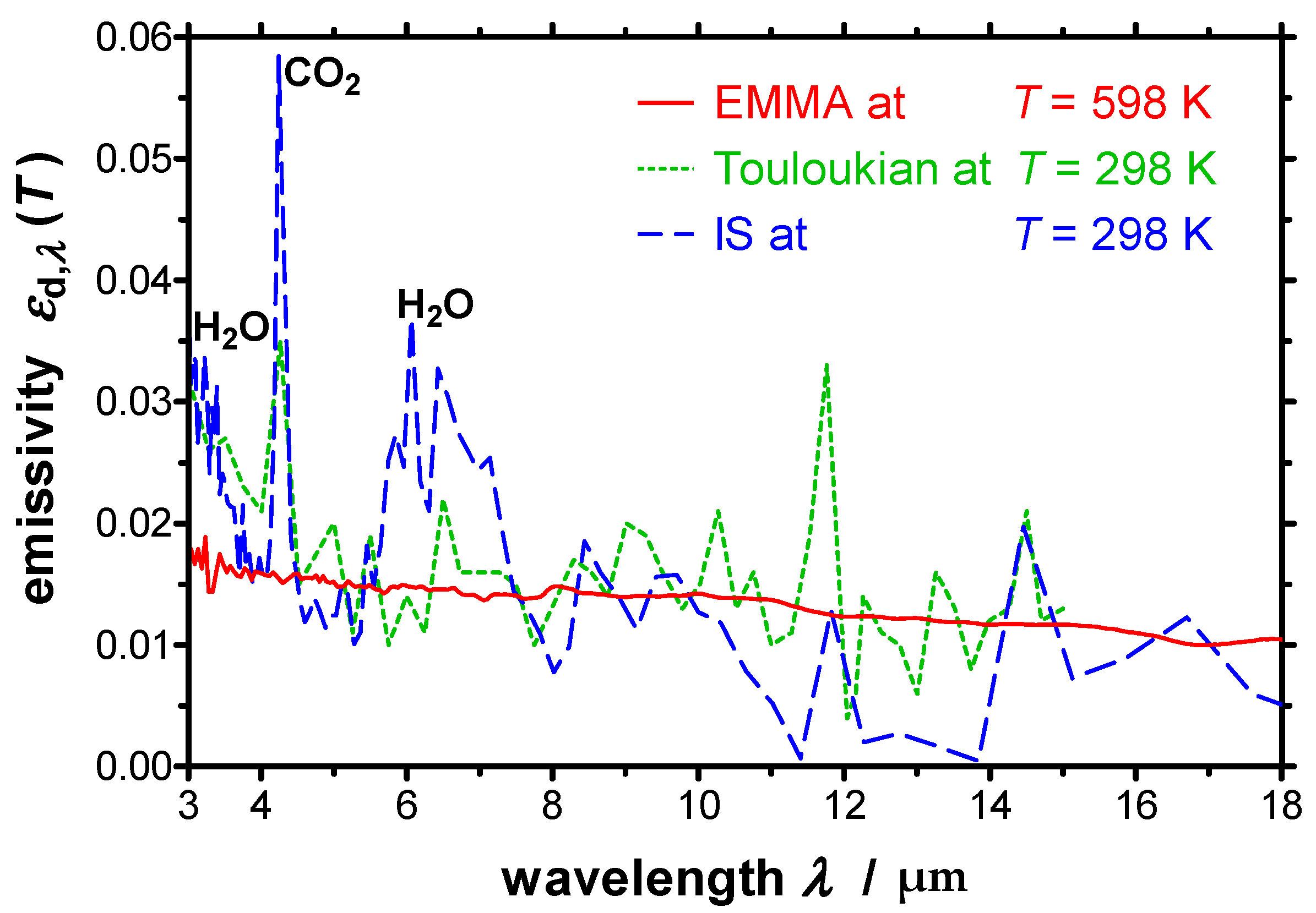
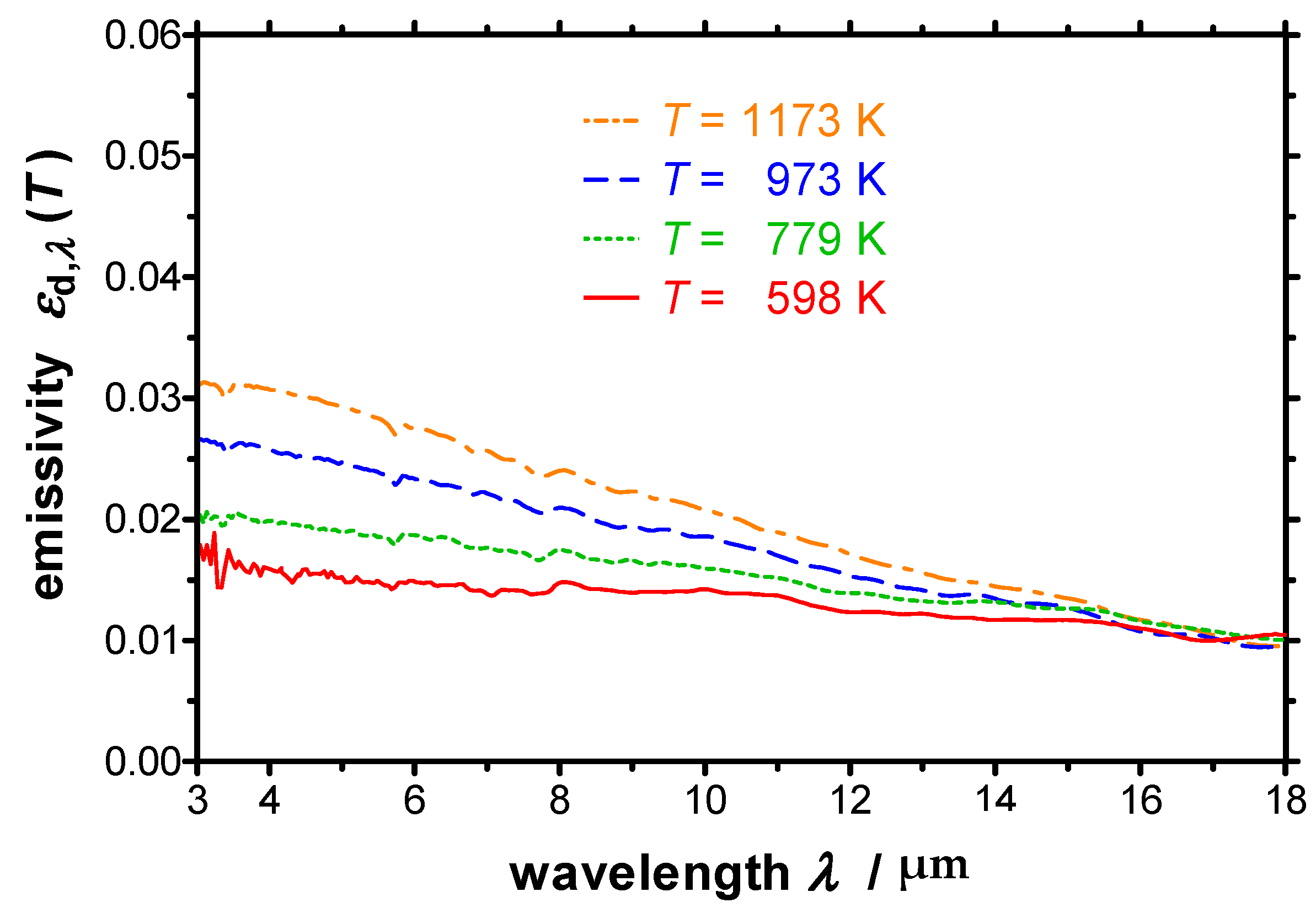
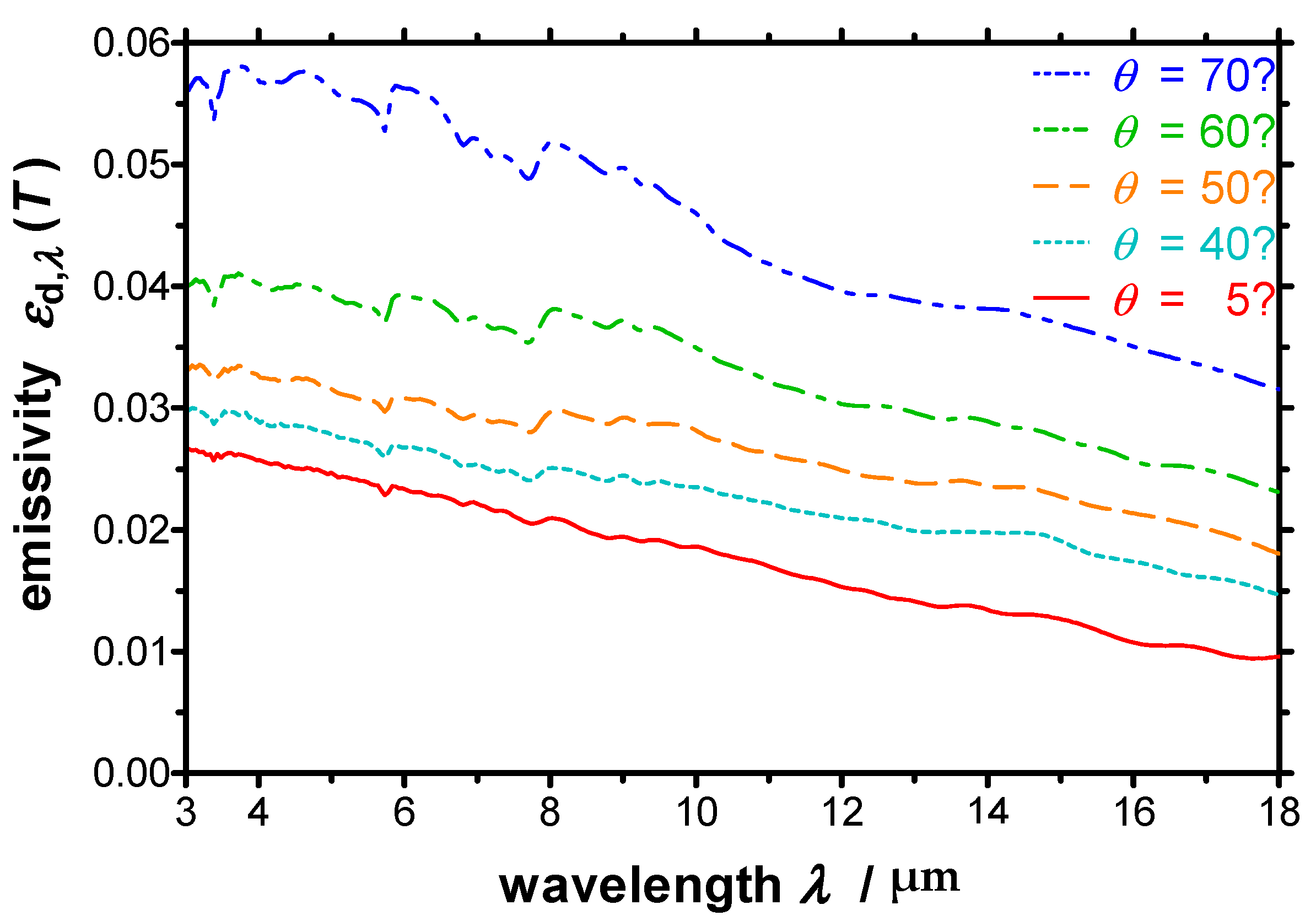
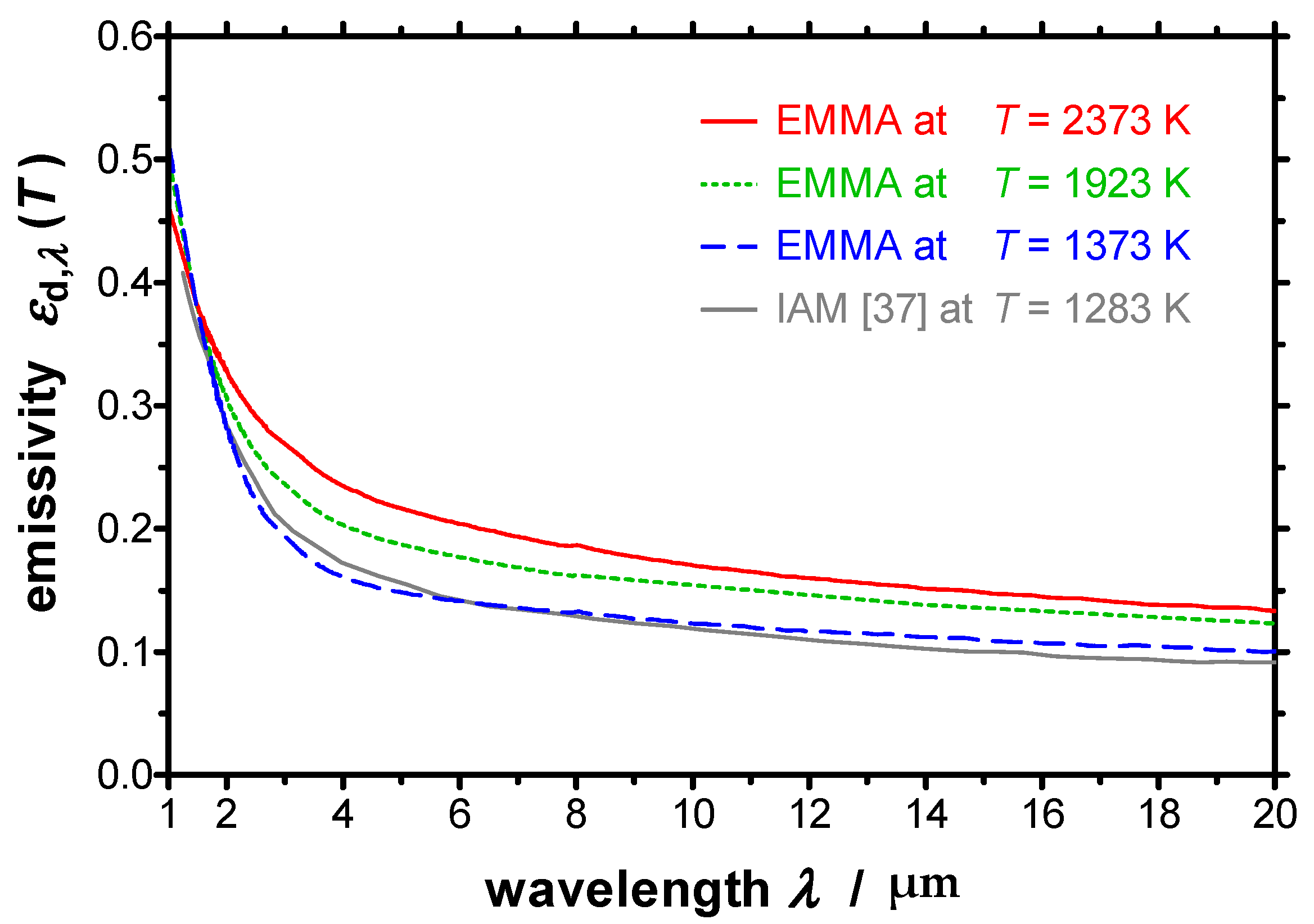
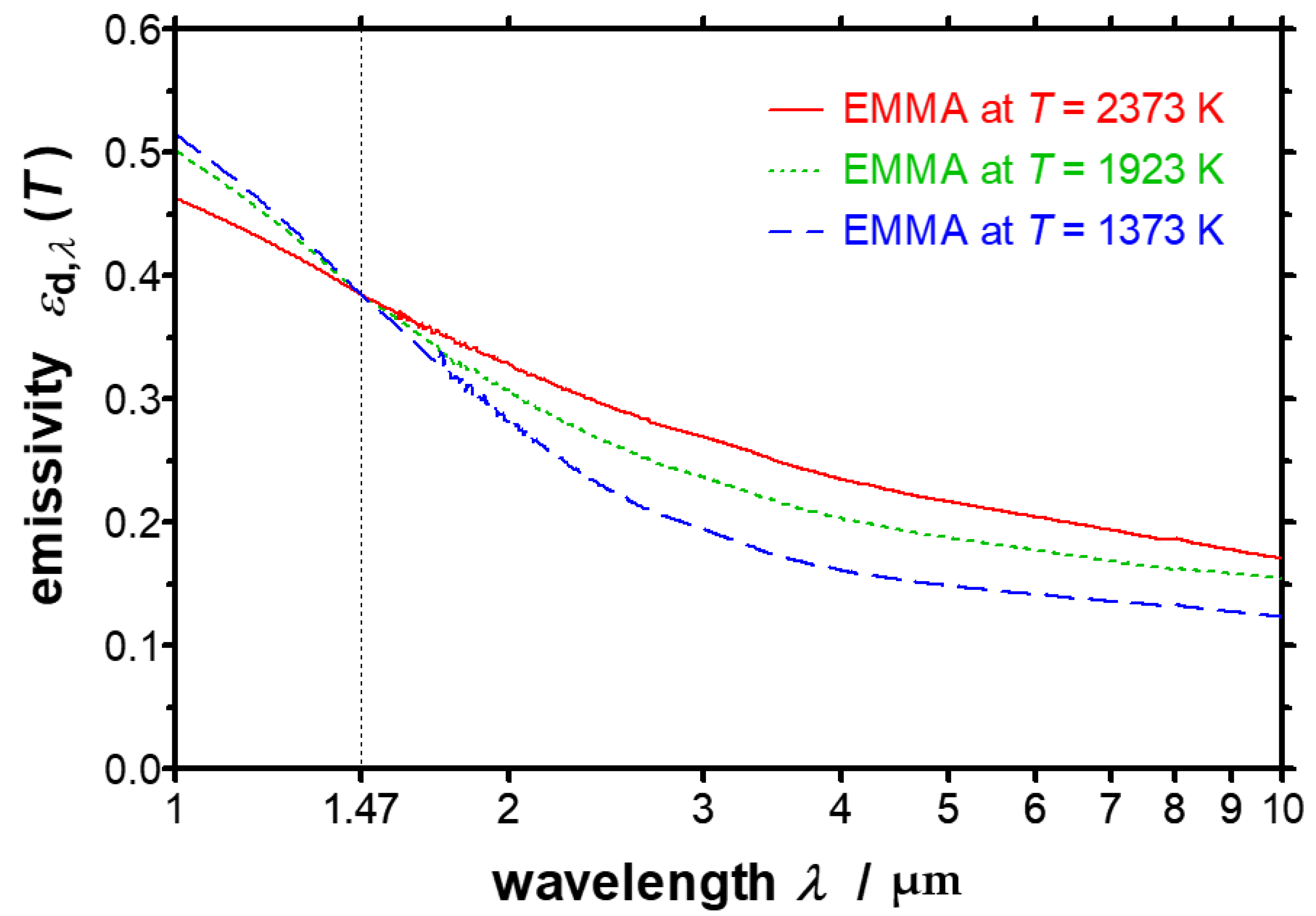
Publisher’s Note: MDPI stays neutral with regard to jurisdictional claims in published maps and institutional affiliations. |
© 2021 by the authors. Licensee MDPI, Basel, Switzerland. This article is an open access article distributed under the terms and conditions of the Creative Commons Attribution (CC BY) license (https://creativecommons.org/licenses/by/4.0/).
Share and Cite
Arduini, M.; Manara, J.; Stark, T.; Ebert, H.-P.; Hartmann, J. Development and Evaluation of an Improved Apparatus for Measuring the Emissivity at High Temperatures. Sensors 2021, 21, 6252. https://doi.org/10.3390/s21186252
Arduini M, Manara J, Stark T, Ebert H-P, Hartmann J. Development and Evaluation of an Improved Apparatus for Measuring the Emissivity at High Temperatures. Sensors. 2021; 21(18):6252. https://doi.org/10.3390/s21186252
Chicago/Turabian StyleArduini, Mariacarla, Jochen Manara, Thomas Stark, Hans-Peter Ebert, and Jürgen Hartmann. 2021. "Development and Evaluation of an Improved Apparatus for Measuring the Emissivity at High Temperatures" Sensors 21, no. 18: 6252. https://doi.org/10.3390/s21186252
APA StyleArduini, M., Manara, J., Stark, T., Ebert, H.-P., & Hartmann, J. (2021). Development and Evaluation of an Improved Apparatus for Measuring the Emissivity at High Temperatures. Sensors, 21(18), 6252. https://doi.org/10.3390/s21186252






